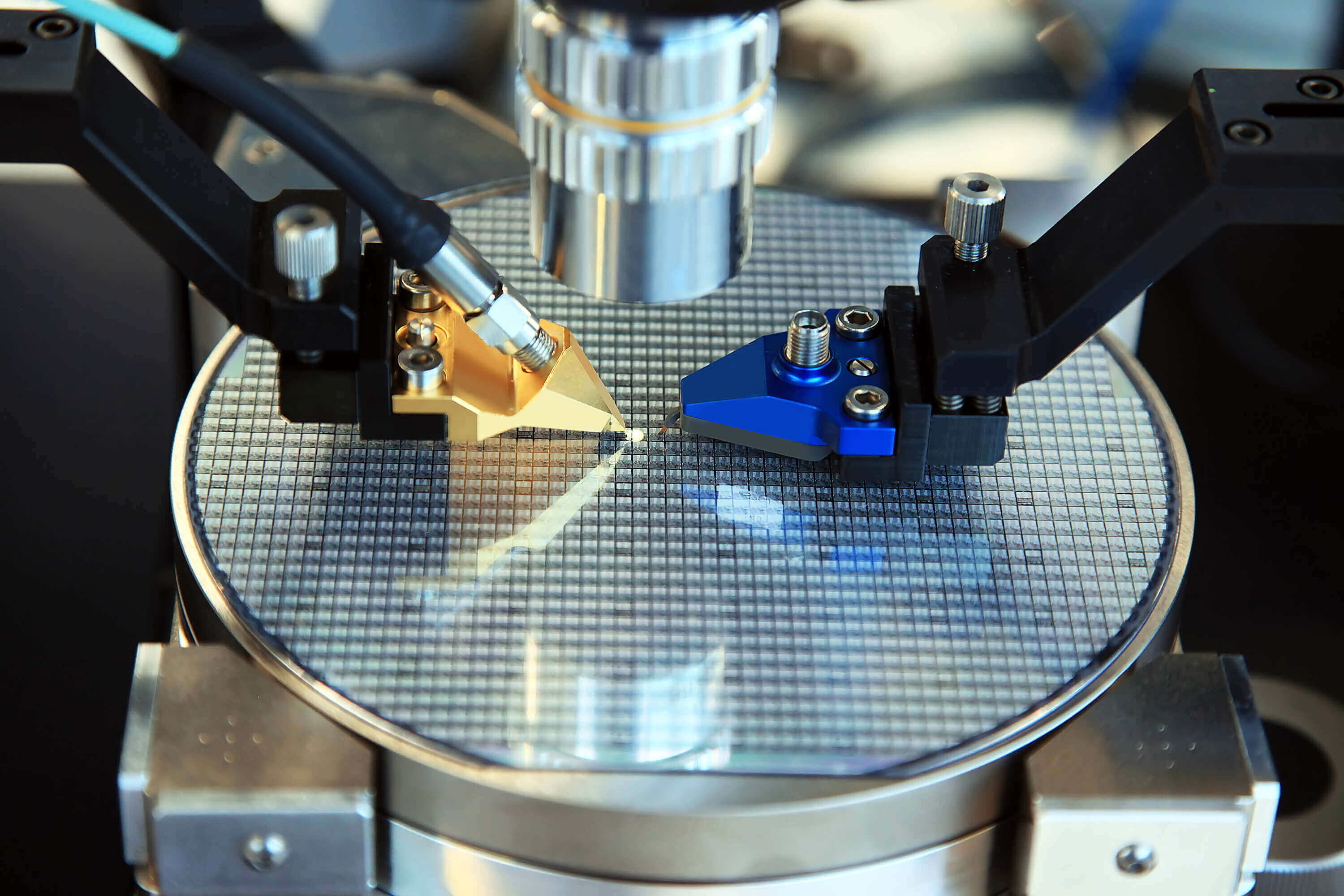Something to look forward to: Having the advantages of RAM and NAND in a single package is something memory manufacturers have been trying for years with limited success. A new type of non-volatile memory might be the key to devices that can turn on almost instantly and resume right from where you left off, thanks to its RAM-like speeds and NAND-like capability to store data when powered off.
If you've been following the news on memory tech, you may have heard of several technologies that could make RAM and SSDs faster, denser, and more energy efficient. There's also a lot of research out there that focuses on finding a way to do "in-memory computing," essentially removing the need for data to go back and forth between the processor, memory, and non-volatile storage of a device.
All of this stems from the fact that writing data to DRAM is fast and energy-efficient, but as soon as power is lost, so is the integrity of that data. Then you have to constantly refresh that data, which isn't very efficient. On the other hand, NAND is a relatively robust way to store data, but writing and erasing are slow operations that deteriorate the cells, making it impractical for use as working memory.
Researchers at the University of Lancaster in the UK say they've built a new type of non-volatile memory that works at DRAM speeds while reportedly using only one percent of the energy needed by the latter when writing data.
The prototype technology is called UK III-V Memory, and is built on a 20nm lithographic process. Researchers explain that it offers 5ns write times – which is comparable to DRAM – and flash-like readout simplicity. But the most interesting feature is actually the non-volatility, which is the ability to keep the data intact when powered off.

At the time of writing, the prototype is said to be able to erase and program data using a voltage of 2.1 V, while typical NAND cells are erased using 3 V. The way it achieves this is through a "dual well resonant tunnelling junction," which uses alternating layers of GaSb (gallium antimonide) and InAs (indium arsenide).
Similar to how flash memory works, the new memory cell uses a "floating gate" to store a '1' or a '0', but here the InAs floating gate is isolated by the large conduction band discontinuity with GaSb and AlSb. In simple terms, the transistors used in the UK III-V memory have better defined on and off states, and they are designed to take advantage of the two materials to make sure they store that information for an "extraordinarily long" time.
There are no details on the power requirements for read operations, but lead researcher Manus Hayne says the new memory won't need to reconstruct data whenever it reads a '1,' nor will it need to constantly refresh it to ensure data integrity. So even if reads do take more power, the trade-off is worth it.
The UK III-V memory could enable devices to keep data in the event of a power loss, and power on almost instantly and back to where you left off. Hayne believes it could replace the $100 billion market for DRAM and flash memory, and is in the process of being patented.
In the meantime, Hynix plans to manufacture the world's fastest DRAM yet based on HBM2E technology, which can transfer data at over 460 GB per second. Intel has been shipping its Optane DC Persistent Memory DIMMs to enterprise clients for months, offering them a way to bridge the gap between DRAM and NAND for certain workloads that require the best of both worlds.
